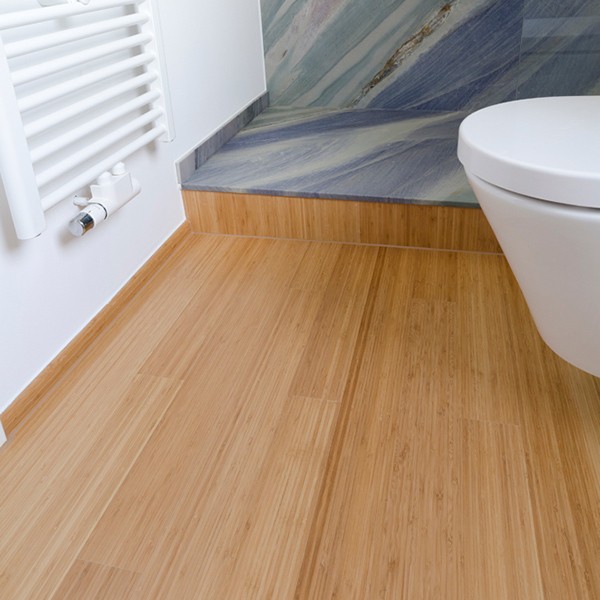Everything About Green Premium Bamboo Floors: Myths and Truths
Dec 3, 2025, 9:20 AM
Bamboo flooring has quickly become a fashionable and environmentally friendly choice for sustainable flooring. But what exactly is it? Exotic woods such as bamboo is more often distinguished from other types of floors. This wood is more resistant compared to types of wood and unique beauty. Hardness and stability is really more, and this is of great importance when choosing a floor.
Fashionable color among Bamboo flooring - honey brown shade. As a rule, young people choose, comparing with a warm, cozy atmosphere and elegance. Workmanship assumes that it will serve us for a very long period of time without losing its properties. Will decorate, as the apartment issued in modern, and traditional style. The floor will be a decoration in itself and attract the attention of guests.
However, bamboo flooring is not just honey colors. In the collection of mahogany floor coverings, we will find much darker brown shades, turning into shades of chocolate or mixed with a little red. Light wood lovers will also find a suitable model of bamboo. Depends on individual preferences and interior of the house. One thing is clear- the collection of bamboo is so rich that we will find what to choose for a chic living room or a cozy children's room. Such a floor will provide us with a unique aesthetic experience that we can enjoy over the years.
Facts and myths about bamboo
Around the bamboo floorings and the bamboo itself as a material, many myths have accumulated that are incompatible with the facts. This is an exotic material that is interesting for use in interior equipment.
Myth- bamboo is not a tree
Literally, a fragment of the text of the examination reads as follows: “from the point of view of anatomy and chemical composition, the material obtained from bamboo is similar to wood obtained from woody plants and in terms of mechanical properties and technological is not inferior to the types of wood popular in Europe. In many ways, it surpasses the well-known types of wood, like oak, or beech.”
Myth- bamboo wood is soft
Three types of bamboo are available on the market- horizontally glued, vertically glued and with a twisted connection. The hardness of wood is expressed in MPa. Oak from which the floor is made, the material is of medium hardness 36 MPa. The softest of bamboo planks, bamboo, glued vertically, medium hardness up to 38 MPa- therefore, stronger than oak.
Myth- Bamboo is available in one light color.
As a rule, natural bamboo with straw color. No less interesting caramel dark bamboo, which at the production stage is subjected to heat treatment. The sugar naturally contained in it undergoes caramelization and gives it the corresponding color. What is important from a practical point of view is the color of bamboo on the surface and inside the board. Because of this, it is polished repeatedly and does not lose color as a result of this process.
Myth - Bamboo Boards Difficult to Fit
It can be easily glued to the base or laid, the so-called floating floor. The board is glued to the base with the help of a two-component polyurethane adhesive, we get a fixed floor, like traditional parquet, which, after several years of use, cycles without problems. Bamboo boards are available with a click-system, which will make them a floating floor. Here is another advantage of bamboo boards. Plates of twisted bamboo are heavy, so the floor of them does not knock or bend, which is typical for floating laminate floors.
Myth - bamboo floors are short-lived
The types of twisted bamboo are three times stronger than the popular types of wood. Therefore, no problem applied in places with heavy traffic. Special, oiled bamboo plates used on terraces. They are durable and durable, resistant to water and weather conditions. Because of this, are used as floors for the terrace, which require strength to precipitation.
Myth - bamboo plates are unstable
The stability of wood is determined by the extent to which this species is resized under the influence of changes in humidity. The harder the wood, the sooner it reacts to changes in humidity, causing it to swell or shrink. Bamboo boards, tough, but made of small elements, which guarantees the stability of the board and does not lead to the appearance of cracks.



 皖公网安备 34180202000049号
皖公网安备 34180202000049号